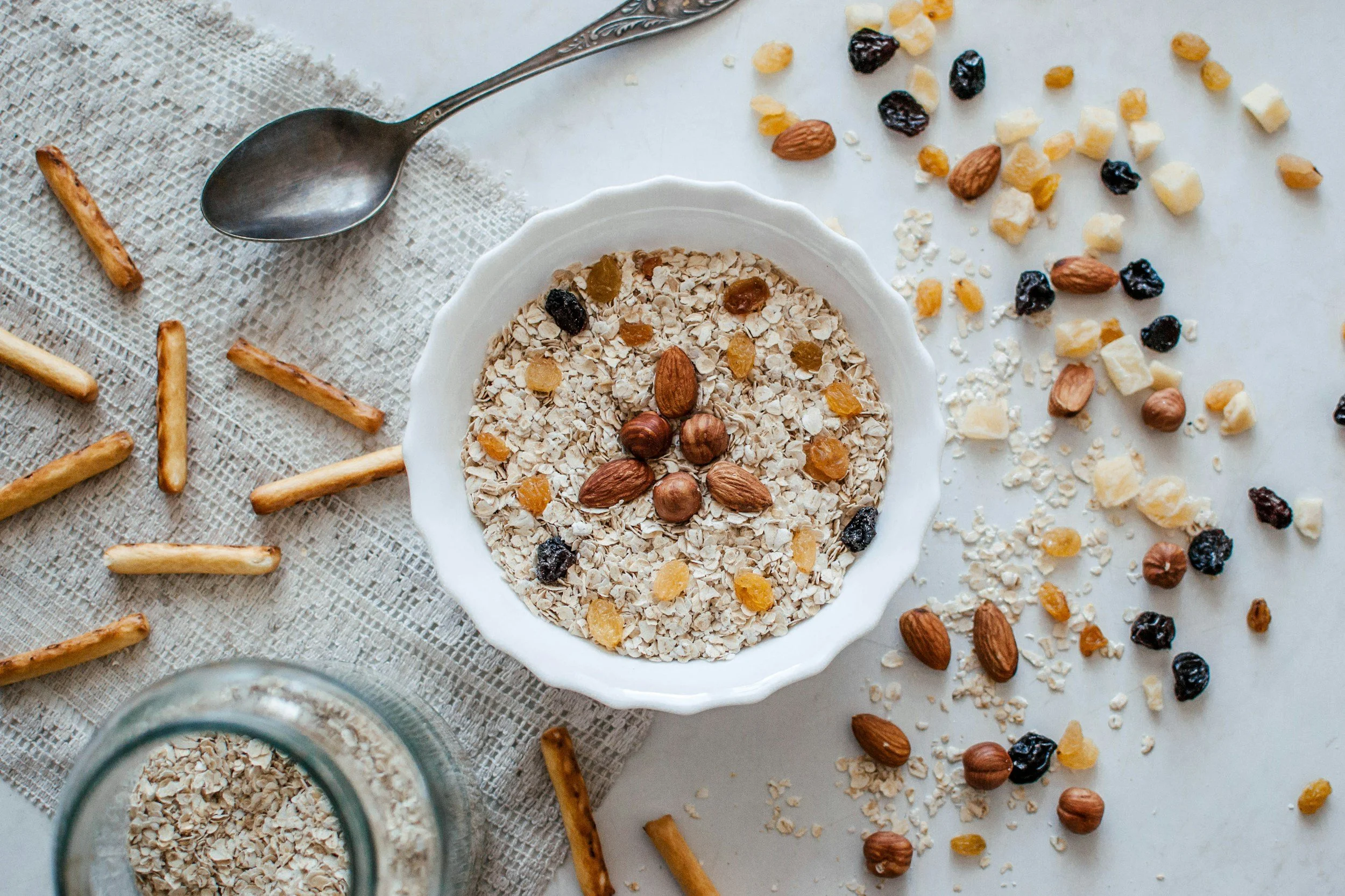Exercise and Diabetes
Exercise is a great, drug-free way to manage and prevent type-2 diabetes. Along with proper diet and any prescribed medication, getting active can help you control your weight and your blood sugar, if you are already diabetic. Those who are pre-diabetic or not yet diagnosed can use exercise with a healthy lifestyle to keep diabetes away. Exercise helps control type 2 diabetes by:
Improving your body's use of insulin
Burning excess body fat, helping to decrease and control weight (decreased body fat results in improved insulin sensitivity)
Improving muscle strength
Increasing bone density and strength
Lowering blood pressure
Helping to protect against heart and blood vessel disease by lowering 'bad' LDL cholesterol and increasing 'good' HDL cholesterol
Improving blood circulation and reducing your risk of heart disease
Increasing energy level and enhancing work capacity
Reducing stress, promoting relaxation, and releasing tension and anxiety
The Mayo Clinic suggests that those with diabetes:
Check blood sugar before exercise
Watch for symptoms of low blood sugar during exercise
Check blood sugar again after exercise
If your blood sugar level is too low or too high right before you plan to exercise, hold off. It's better to wait until the level improves. This is especially important to watch out for if you exercise in really hot or cold conditions, because the temperature changes how your body absorbs insulin.
Exercise Suggestion for Those Who Have or are at Risk for Type-2 Diabetes
Including a gentle yoga practice along with more vigorous physical activity may help people with type-2 diabetes reduce their weight and steady their blood sugar. Make sure that you do some recon ahead of time if you're heading to a yoga studio or your gym for yoga class. Yoga classes vary greatly, from intense workouts done in a 100-degree studio to gentle, relaxation yoga done at a normal room temperature. If you're new to yoga, make sure that the class you try is suitable for beginners. Give the studio a call and let your instructor know you're new.
Those at risk for diabetes, especially those who are older adults, are urged to pursue gentle yoga poses. Here's a simple yoga routine that can be done as many times as you like. You can use it to energize your body and to take away some stress and muscle tension.
Begin standing with your feet together and hands pressed together in front of your chest
Reach your arms up high, and lean back slightly
Bend at the waist and slowly drop your head to your knees, fingers touching your shins (or the floor, if you are able)
With your hands on the floor, take one leg back and bend the other knee so that you are in a lunge position
Step the bent leg back so that you are in a high plank (push up) position
Slowly bend your arms until your stomach and thighs are to the floor
Push your hips up and back into a downward facing dog position
Step your feet up to meet your hands
Slowly draw yourself up to return to the beginning position
The Yoga Site has simple - but helpful! - illustrations of the above movements.











